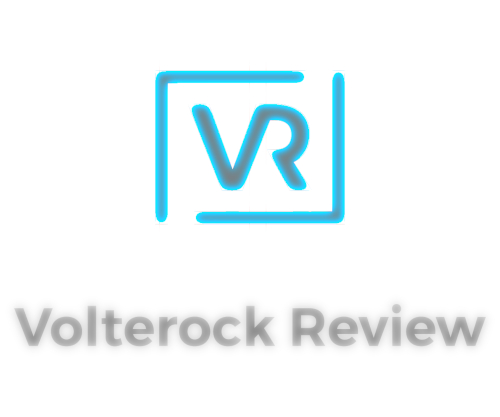Zombie Hunger is inspired by classic horror films and literature, and all the greats of metal and doom, including Black Sabbath, Candlemass, Pentagram, Saint Vitus, Trouble and Reverend Bizarre.
The ZOMBIE HUNGER disease began with founding members, Patient Zero and Coffin Queen, on FRIDAY the 13th, August 2021. Soon after, Graveborn, Wormfeast and Skineater were brought into the horde, but the low availability of brains during covid forced us to lay low and bide our time… But, once the streets and music venues were full again, we were finally unleashed!
Since 2022 they have played many gigs across Melbourne, including two DOOM in JUNE festivals, and the upcoming SUNBURN FESTIVAL in Canberra. From the beginning we have made a name for ourselves for delivering entertaining, ghoulish, high energy performances.
Their debut album - ZOMBIE HUNGER - released on March 22nd, 2024. The album is available for purchase on Bandcamp, along with all the usual streaming places. A short-run cd release will be sold on Bandcamp, too, for our fellow physical media maniacs!



















